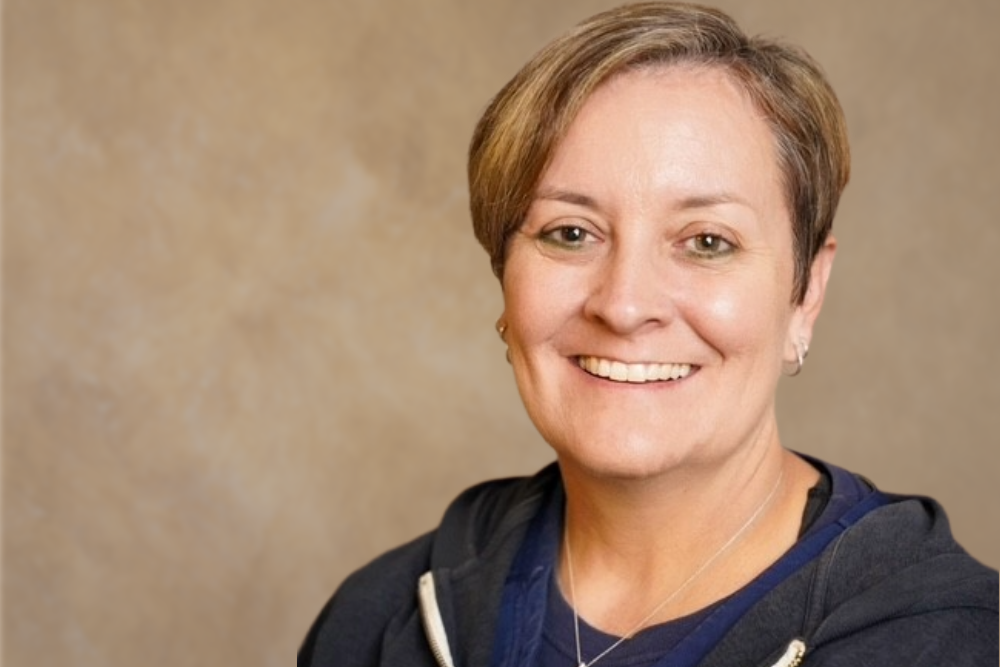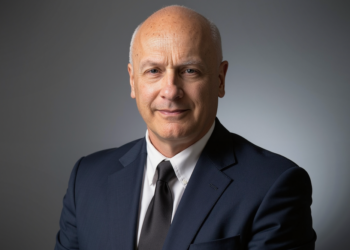Through a series of unexpected events, Tracy Page began working as an emergency department technician. She calls it divine intervention. “I truly fell in love with the fast pace, the organized chaos, and, most of all, the chance to be there for someone during their worst moment, on their worst day,”
The sense of purpose she found in the emergency department led to her career in nursing. Today, in addition to her nursing and hospital administration career, she offers expert witness work, legal consulting as well as hospital consulting.
AALM: How did you first come to serve as an expert witness?
TP: A colleague of mine ran a consulting business. She had a case involving the emergency department and thought I’d be a good fit. I was intrigued by the idea of reviewing a case through the lens of the standard of care. I was already used to defending the care that took place in my own hospital, so it was exciting to apply that knowledge in a different context.
The case involved a missed diagnosis of bacterial meningitis during the pandemic. One of the key points in the case was the argument that if the triage nurse had assigned an Emergency Severity Index (ESI) score of 2 instead of 3, the patient would have seen a physician rather than a physician assistant—and the outcome would have been different. I defended the ESI level 3. It’s easy to play Monday morning quarterback when you already know how the story ends, but real-time emergency care is incredibly complex and multi-layered. That case really emphasized for me how important it is to contextualize clinical decisions within the reality of emergency department dynamics.
AALM: Tell us about your current work overseeing emergency departments, a trauma program, and a base hospital.
TP: My role gives me a comprehensive view of emergency and trauma care, from pre-hospital protocols to in-hospital clinical standards. I have extensive experience with California’s county protocols, which are critical in shaping the initial care and presentation of both emergency and trauma patients. I’m also deeply familiar with trauma resuscitation standards as defined by the American College of Surgeons, and I understand the standard of care expected in the emergency department setting.
In my role, I write and review policies and procedures aligned with these expectations. This operational and clinical insight allows me to approach expert witness work with a strong foundation in both the theory and the practical realities of emergency medicine.
AALM: You also have experience in hospital administration. Can you tell us a bit about that.
TP: Yes, I’ve served in hospital administration roles as a house supervisor and as a director. These experiences have given me a comprehensive understanding of what it takes to manage hospital operations effectively.
In the emergency department, nearly every ancillary department plays a role. ED overcrowding and the boarding of admitted patients create safety risks and can compromise care. Throughput is affected by the availability of phlebotomy, pharmacy and imaging staff, while case management teams, social work and registration are critical to patient movement and discharge planning. When any of these elements fall short, it has a ripple effect on emergency care delivery.
My background helps me evaluate cases with a global awareness of how all these systems need to function together. I also have experience with surge planning and policy development—especially during crisis conditions—which allows me to assess standards of care in the context of real-world challenges.
AALM: Are there any trends you’re seeing in recent cases?
TP: Many of the cases I’ve reviewed involve issues with initial triage, particularly ESI assignments. I’ve also seen a recurring theme with patients presenting with dizziness or vertigo, which later turn out to be missed strokes—those cases can be especially complex.
Another common trend involves concerns about unsafe discharge planning—especially in patients with underlying psychiatric conditions. I’ve also seen several cases where a nurse fails to obtain a final set of vital signs before discharge, and a significant patient event occurs afterward.
Overall, I’ve noticed a growing expectation from patients for a level of care that resembles concierge medicine. But in today’s reality—marked by hospital overcrowding and limited resources—delivering that individualized attention is challenging and exceeds the expectation of standard of care.
For more information, visit turnthepageinnovations.com.








